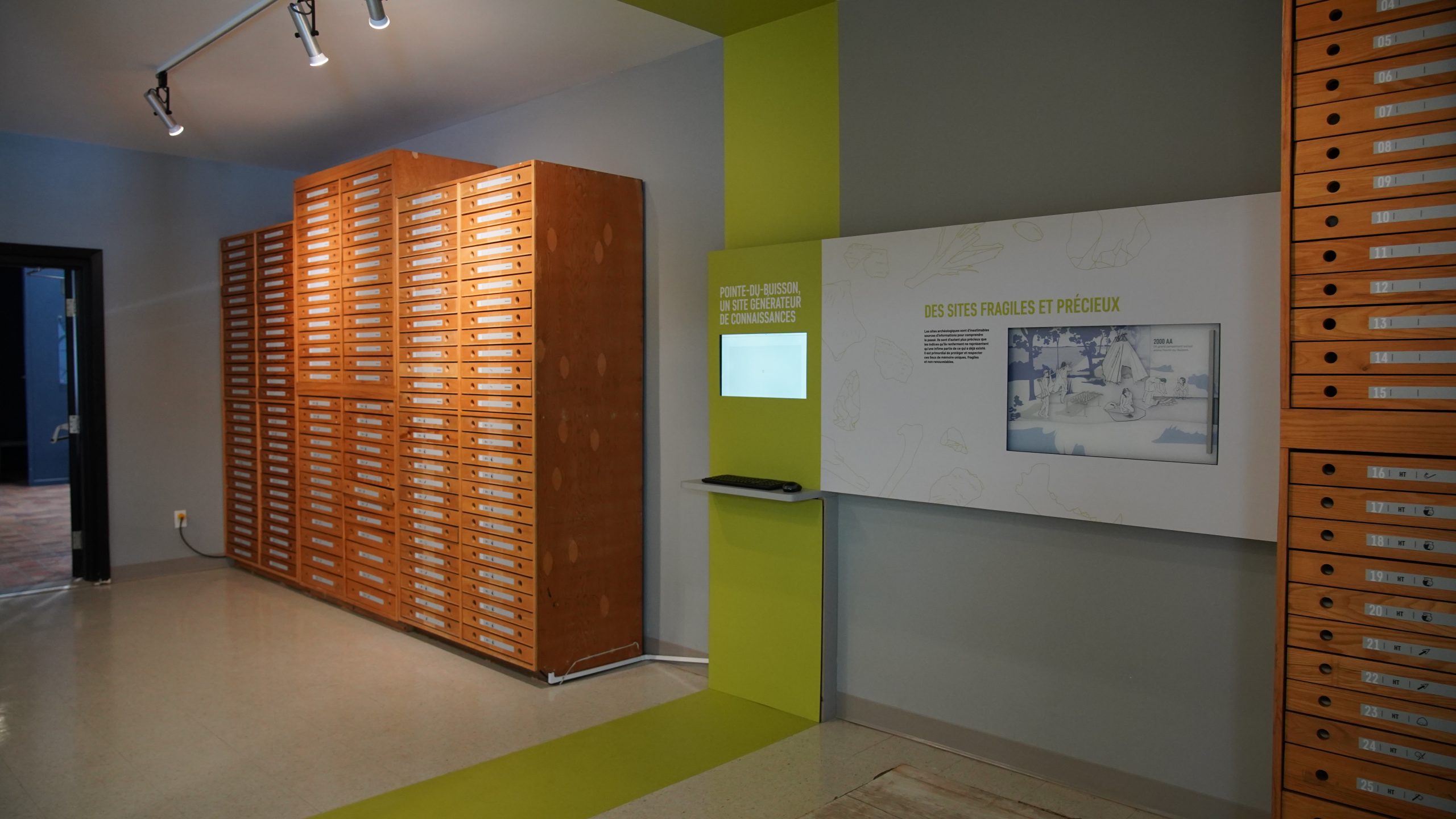
Pointe-du-Buisson offers an educational program for the third cycle of elementary school, aimed at understanding the organization of a society on its territory. Like the second cycle program, it leads students to question the traces of the past found by archaeologists. However, it also provides a deeper understanding of how people adapted to their environment and how it changed. The proposed educational program leads students to create links between the assets and constraints of the territory, as well as the organization of a given society. With different, adapted activities, students can continue on the path they began when they visited the museum in the second cycle.
During the visit, students become apprentice archaeologists studying lifestyles of the past. Their imaginations are stimulated as they analyze artifacts from the past and their place in ancient lifestyles. Through comparison and categorization, students look for links between today's society and prehistory, in order to better understand it.
1
Recognize the social and territorial realities of the past;
2
Analyze the traces left by ancient societies to discover their meaning;
3
Use the same tools and make the same gestures as an archaeologist, a specialist in researching the past;
4
Manipulate objects common to the daily lives of people of the past to discover how they result from the adaptation of ancient populations to their environment.